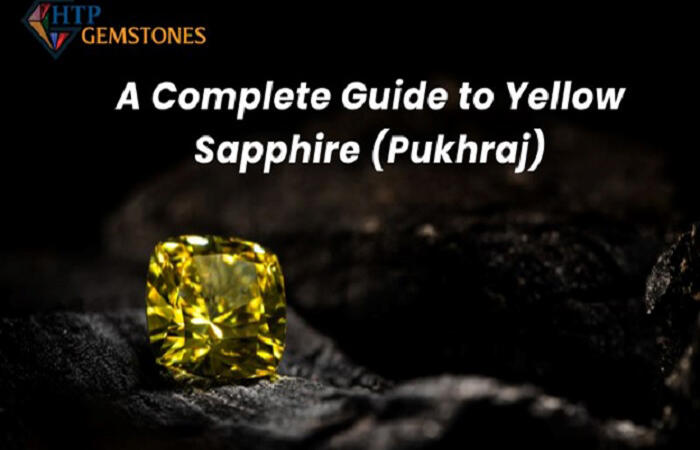Wedding Tradition From Around The World
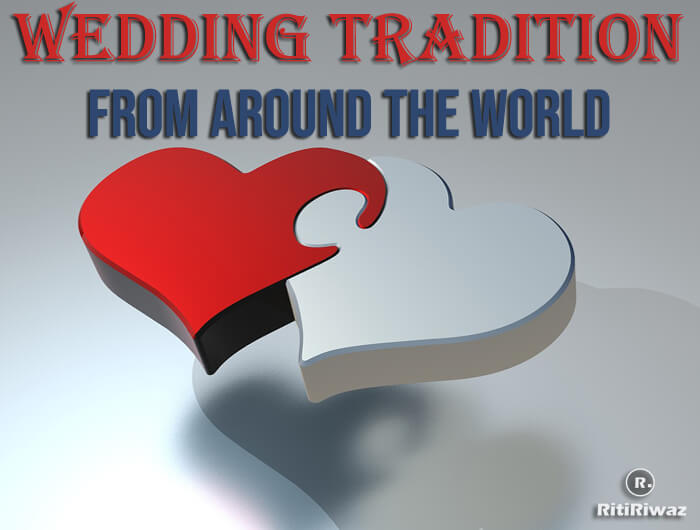
There are thousands of wedding traditions from around the world that belong to the culture from which it originated. All the world traditions symbolize health, romance, unity, and happiness they are just the perfect start to the next chapter of your life.
Let us look at some wonderful wedding traditions from around the world
Asia
Asia is basically a huge place, and the cultures it encompasses are many and varied.
India
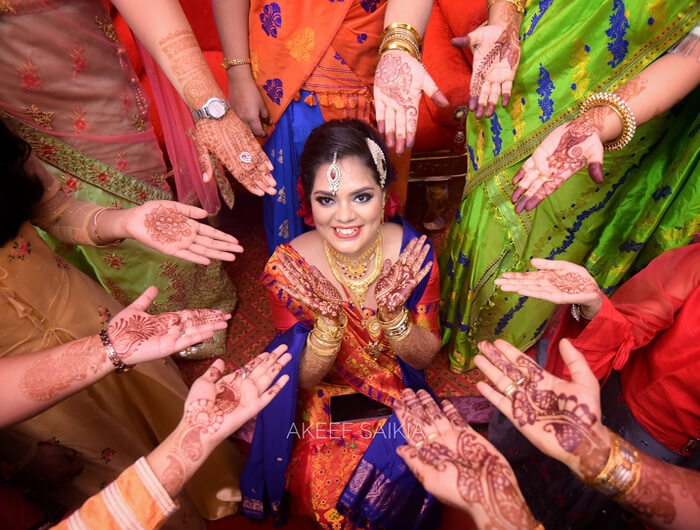
Sweets, money are common themes in Indian weddings, representing a happy life together and financial success. Indian brides wear red or sometimes pink saris or lehenga on their wedding day. Before the wedding, brides and grooms are cleansed with the Haldi ceremony and then they have elaborate designs of Mehendi painted on their hands and feet. Hindu grooms wear turbans hung with flowers over their faces to protect them from evil spirits.
Japan
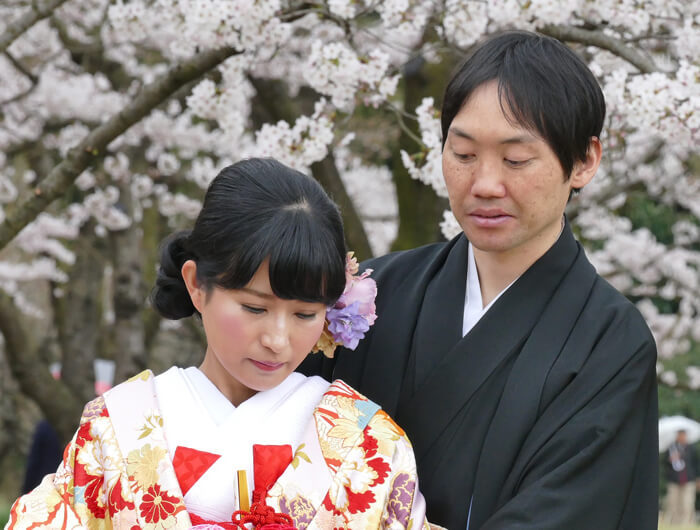
A Japanese bride is painted white from head to toe to display her purity. She also wears a white kimono and a headpiece that is draped with good luck charms. Grooms wear black kimonos.
During the traditional Shinto ceremony the two families stand facing each other. During the ceremony, the bride and groom take part in the san-san-kudo ritual. Three cups are stacked on top of one another, the top cup represents heaven, the middle cup represents Earth, and the bottom cup represents humans. The bride and groom pour sake into the first cup, and each takes three sips. The process is repeated for the other two cups. The family also drinks to unite the two clans.
China
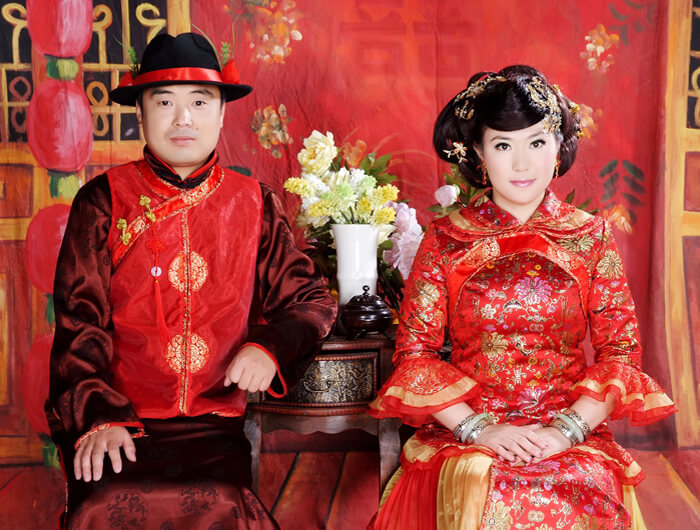
Red is a very important wedding color. It represents prosperity, happiness, and love. The bride’s traditional wedding dress, present wrappings, and other elements are often red. Before the wedding, the bride and groom serve tea to both sets of parents. After the wedding, brides serve tea to their new in-laws.
Chinese couples traditionally get married on the half-hour instead of the top of the hour so that they start their life together on an upswing. Wedding cakes are made of many layers, representing the ladder to success that the couple will climb together. A young boy bounces up and down on the bridal bed to ensure that the couple has a male heir.
Korea
Korean brides are pelted by their fathers-in-law with red dates, which represent fertility. Ducks and geese are common wedding symbols. Both species mate for life and represent fidelity.
Russia
Russian brides and grooms “race” each other to the special carpets they stand on when they recite their vows. Legend has it that whoever reaches it first will be the head of the household.
Upon drinking a toast to the new couple, the guests throw their champagne on the floor. The more glasses that break, the better luck the newlyweds will enjoy.
The Americas
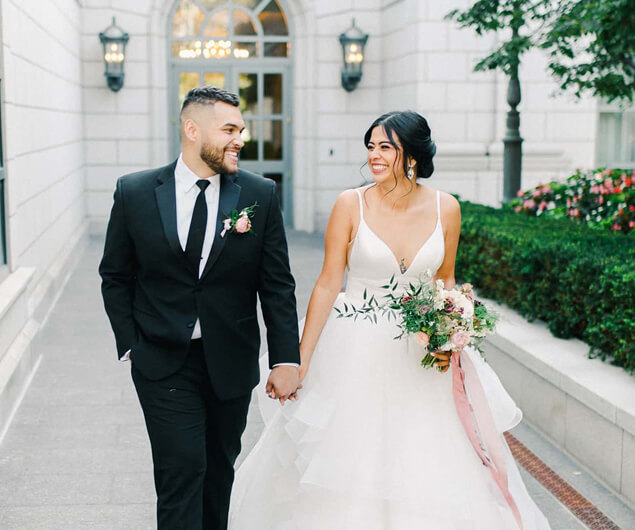
Because the United States and Canada are countries that were predominately settled by immigrants, there are many variations on the “traditional” wedding. Fortunately, there are many rich indigenous cultures that can offer alternatives to the traditional Anglo-Saxon wedding themes.
Argentina
Argentinean couples exchange rings at their engagement, not at their wedding. They also eschew attendants, preferring that the father of the bride and mother of the groom support them during the ceremony.
Mexico
Couples planning to marry are sponsored during their engagement and marriage by their godparents. During the wedding, the couple is lassoed by a white ribbon or rosary to symbolize their unification.
A groom traditionally gives his wife thirteen gold coins, which the priest has blessed, as a symbol of his commitment to support her during their marriage. Guests shower the newlyweds with red beads to wish them luck.
Native American tribes
Among the Akwesasne people, when a younger sibling married first, the elder sibling had to do a special dance in a pig trough.
An Algonquin bride bathed in a body of water on the morning of her wedding in order to be blessed by the spirit of the earth. The couple gives a wedding gift to each of their guests. There was no divorce among the Algonquin. Even if a couple separated, they were still considered married.
Cherokee couples exchange a deer ham and an ear of corn to indicate the husband’s willingness to provide for his bride and the woman’s willingness to be a good wife. During the ceremony, they are covered with separate blue blankets and then finally one white blanket to symbolize their new united life together.
Young couples in the Delaware area often look up housekeeping together with the blessings of their parents. For the traditional exchange of gifts, a young bride would paint her face with white, red, and yellow clay.
If a young Hopi woman wanted to propose, she would offer the object of her affection a loaf of qomi, bread made of sweet cornmeal. If a young man wishes to propose he would prepare a bundle of fine clothes and deerskin moccasins and leave it at her door.
Among the Navajo people, white corn represented males and yellow corn represented females. Cornmeal of both colors was mixed together into a mush and, in keeping with their tradition of equality between the sexes, the couple would eat it as part of their wedding ceremony.
Puerto Rico
Like the Mexican coin tradition, the Puerto Rican groom has the priest bless a plate of coins, which he then gives to his new wife. It is not an uncommon sight for a doll covered in charms and dressed as a bride to be placed on the head table. These charms are later passed out to the guests as gifts.
European
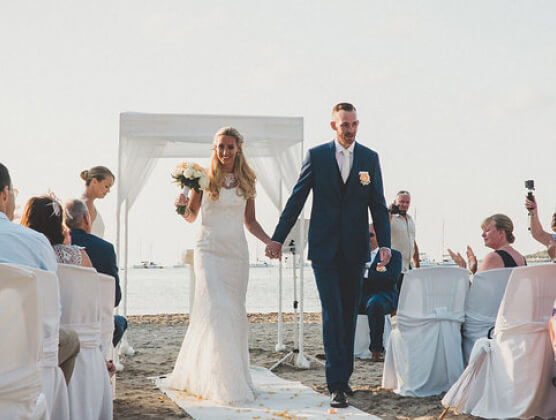
Many familiar traditions came from Europe like white wedding dresses (which actually represent prosperity, not virginity) and the kiss (a Norwegian exchange of souls).
Celtic Traditions
The Celts literally tie the couple’s hands together in a ceremony called handfasting. Thus came the tradition of “tying the knot”. They also threw pebbles into a body of water in order to create ripples, which were considered good wishes radiating out to the couple.
England
The saying “something old, something new, something borrowed, something blue” originated in England. The symbols represented continuity in the circle of life, hope for the future, luck from an already happily married couple, and purity. Ancient Israeli brides also wore something blue in their bridal costume, it represented fertility.
France
In many small French towns, the groom goes to the brides’ house and escorts her to the church. Small children will sometimes stretch white ribbons in front of them that the bride must cut. Every bride has to sprig of orange blossom in her bouquet to symbolize virginity. French couples stand underneath a silk canopy called care in order to protect them from bad luck and drink from a two-handed cup called a coupe se marriage that is handed down in families through the generations.
Some couples will forgo a wedding cake for a more traditional croquembouche, which is a pyramid made of creme-filled pastries with a glaze over the top. French revelers also enjoy banging pots and pans under the window of newlyweds. Once the couple plies them with alcohol, the noisemakers usually depart.
Greece
Greek wedding guests smash their plates in the belief that the more pieces they break into, the happier the couple will be. Greek couples wear their gold bands on their left hands during their engagement, then switch to the right after they’re married.
Ireland
Irish couples walk through their town on their way to the church. Revelers threw rice at them – and sometimes heavier items like pots and pans! Traditionally Irish brides often wear blue, the ancient symbol of purity, and include English lavender in their bouquets to represent luck and loyalty.
Getting married on St. Patrick’s Day was traditionally considered the ultimate good luck charm for Irish brides and grooms. Sprinkle some four-leaf clovers in your wedding bouquet and boutonnieres, and add something in your vows you will be as brave for each other as St. Patrick was when he ran away from his slave master and returned home to his family.
Italy
In order to protect them from evil spirits, an Italian groom might carry a piece of iron in his pocket and the bride will cover her face with a veil. While couples walk to church, onlookers will put obstacles in the bride’s path to see how she reacts to difficulties in life. Italian brides traditionally have bread or cake broken over their heads to ensure fertility.
Poland
In Poland, the groom and his parents show up at the bride’s home to pick her up and take her to the church. At this time, both sets of parents give the couple their blessings.
When the couple gets to the church they process up the aisle together, followed by two witnesses and their parents. It is very rare to see a gaggle of bridesmaids and ushers. The parents greet the couple at the reception with bread to symbolize abundance, salt to symbolize the adversities they will have to overcome, and wine to symbolize the happiness they will experience together.
Scotland
Scottish couples usually depart their wedding ceremony to the sound of bagpipes. Male guests will frequently wear a bit of white in their buttonholes to symbolize good luck.
After the ceremony, the groom pins a piece of his clan’s tartan on his new wife’s dress to symbolize that she is now part of his family. Scottish grooms lift their brides over the threshold of their new home to protect them from the evil spirits that reside there.
African
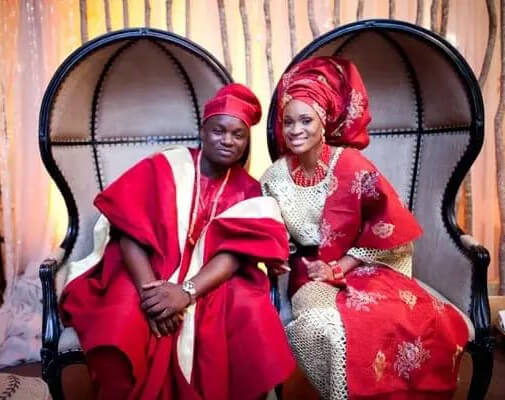
There are more than 1,000 different cultures represented on the African continent. Central to all African weddings is the joining of two families. Divorce is very rare among traditionally African couples. The husband and wife’s families and even whole tribes will come together to help the couple work out their differences and ensure the union thrives.
New customs are easily incorporated, like the twelve symbols of African life that are often represented in wedding ceremonies. They include bitter herbs, a broom, honey, pepper, a pot, salt, a shield, a spear, a spoon, water, wheat, and wine. Perhaps the best known is the jumping of the broom. This Ashanti custom started in Ghana, waving brooms over the head of the married couple warded off evil spirits. When African were enslaved and brought to the Americas they were forbidden from marrying. A secret jump over the broom witnessed by friends and relatives often sufficed to wed couples who had fallen in love.
In Kenya, the night after the wedding, the women get together to celebrate with the bride in a kupamba, a ceremony in which the bride “enters” the world of married women. They eat, drink, and make merry with music and laughter.
Suggested Read: Wedding Tradition in India

